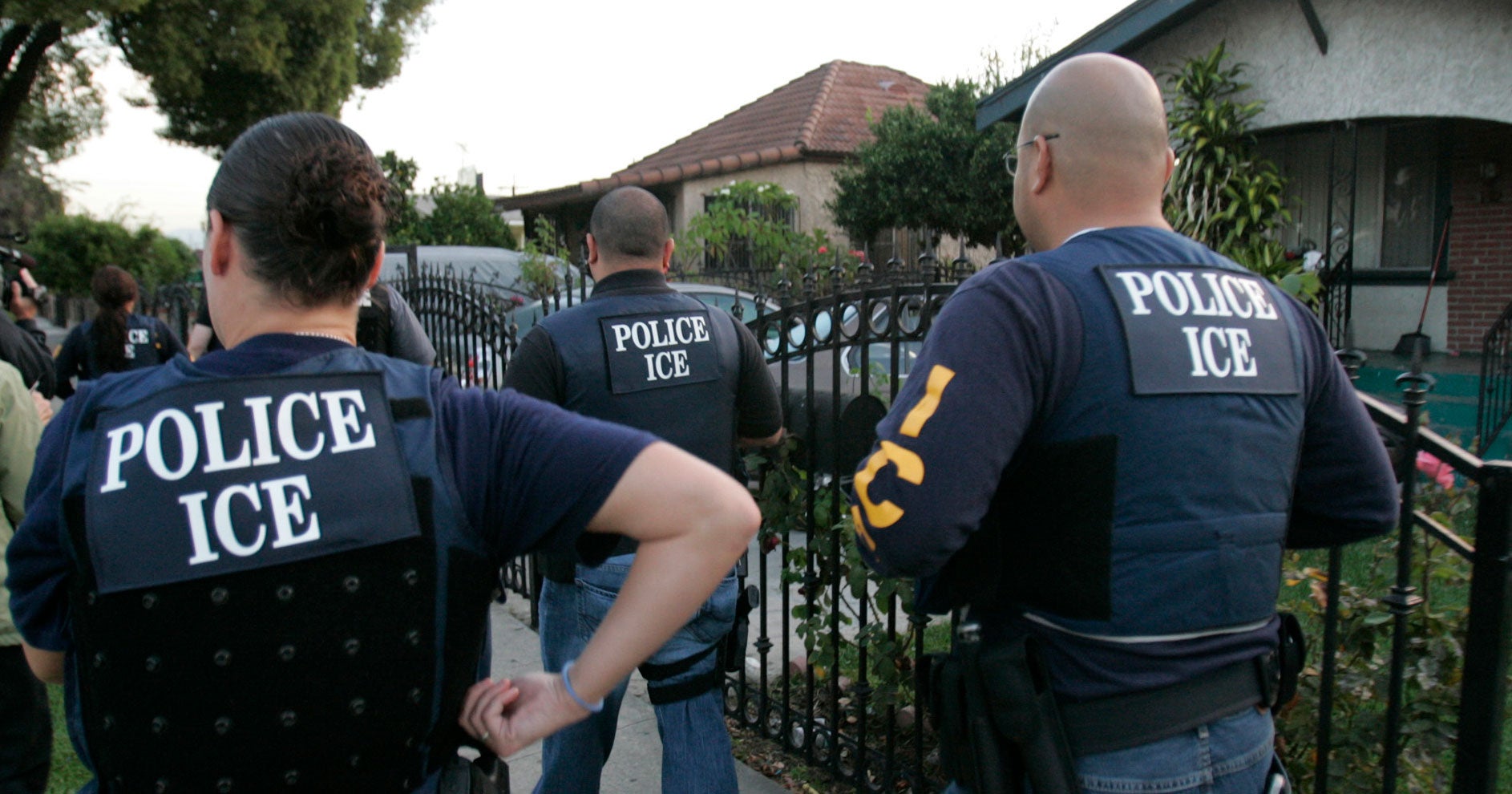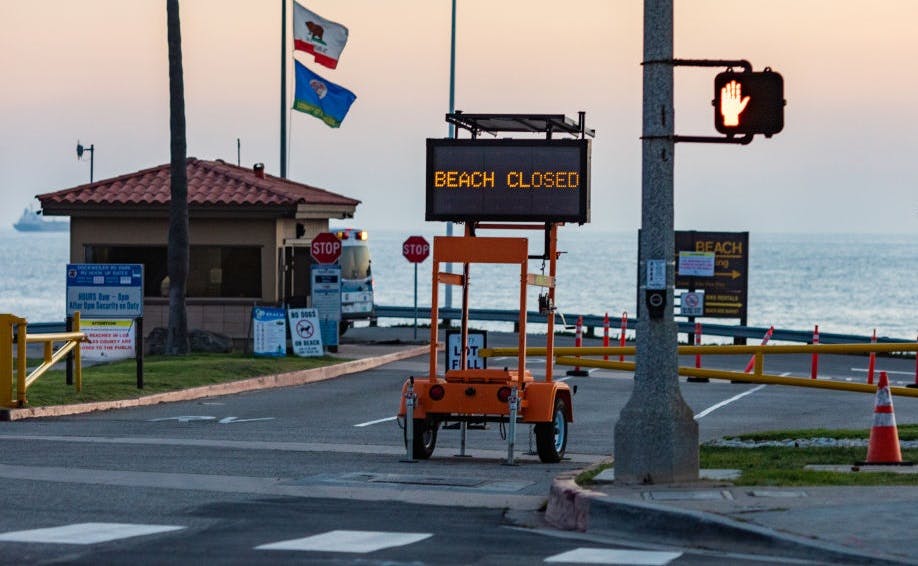


In order to curb the pandemic, the transmission rate must be below one, meaning that each person infected passes it to less than one other person.īased on that transmission rate, health officials estimate one of every 145 people in the county are now infected with the virus and transmitting it to others. “We know we are asking a lot from so many who have been sacrificing for months on end and we hope that LA County residents continue following Public Health safety measures that we know can slow the spread.”Īccording to current county estimates, every person with COVID-19 in the county is passing the virus to an average of 1.27 other people - the highest transmission rate the county has seen since March, before any safety protocols such as face coverings and social distancing were in place. “These targeted measures are in effect for the next three weeks and still allow for many essential and nonessential activities where residents are always masked and distanced,” Ferrer continued. “With the recent surge of COVID-19 across our community, we must take additional safety measures to reduce the risk of illness and death from this terrible virus and protect our healthcare system,” said Barbara Ferrer, director of Public Health. To date, Public Health identified 387,793 positive cases of COVID-19 across all areas of L.A. The five-day average of new cases is 4,751. Residents are also reminded to wear a face covering over their nose and mouth whenever they are outside their home and around others, as COVID-19 can be unintentionally spread to others. Public Health reminded everyone to stay home as much as possible and avoid seeing people you don’t live with, even if you don’t feel sick. On October 27, one month ago, there were 747 people hospitalized with COVID-19. There are 1,893 people with COVID-19 currently hospitalized and 24% of these people are in the ICU. Los Angeles County reported 4,544 new COVID-19 cases and 24 more deaths Friday, according to data released from the LA County Department of Public Health. Breweries and wineries may remain open for retail sales at 20% occupancy.

The in-person dining ban went into effect Wednesday amid protests from many local officials and business owners. Restaurants, bars, breweries and wineries remain closed for in-person dining, but take-out and deliveries sill allowed.Playgrounds (with the exception of playgrounds at childcare and schools.The following non-essential business and activities will be closed:

Schools and day camps which experience an outbreak (3 cases or more over 14 days) should close for 14 days. Outdoor swimming pools will remain open for lap swimming, but only one person allowed in each lane of the pool for swimming laps.ĭrive-in events such as movies or car parades are permitted provided occupants in each car are members of the same household.Īll schools and day camps will remain open adhering to previously established reopening protocols. Gatherings with people outside of your immediate household is prohibited. However, when at these locations, face coverings must be worn at all times and social distancing must be observed. Outdoor recreation activities are still permitted as beaches, trails, parks, golf courses, archery ranges, skate parks, bike parks and community gardens will all remain open. Mini-golf, batting cages, go-kart racing operating outdoors: 50% maximum occupancy.Museums galleries, zoos, aquariums, botanical gardens operating outdoors: 50% maximum occupancy.


 0 kommentar(er)
0 kommentar(er)
